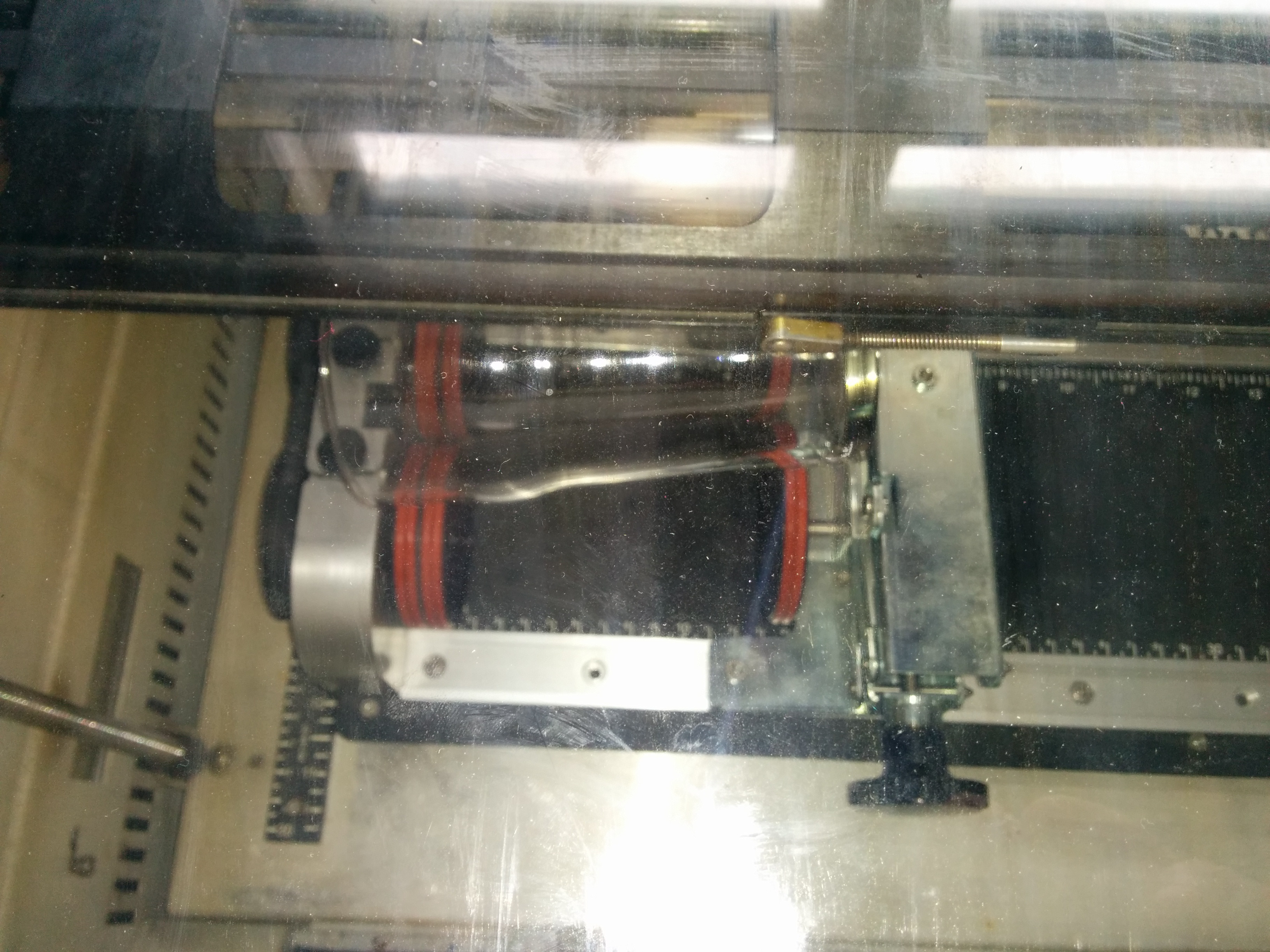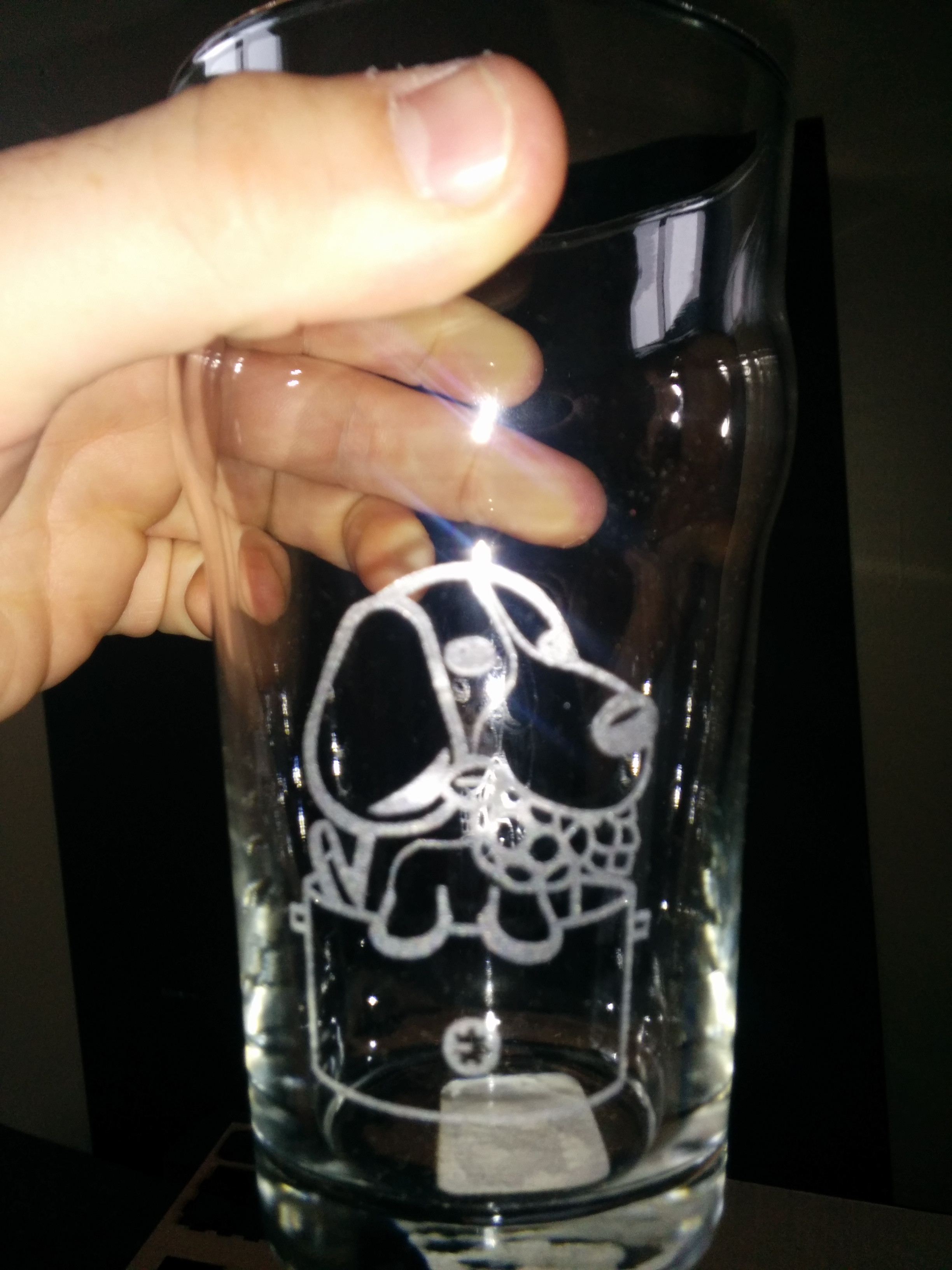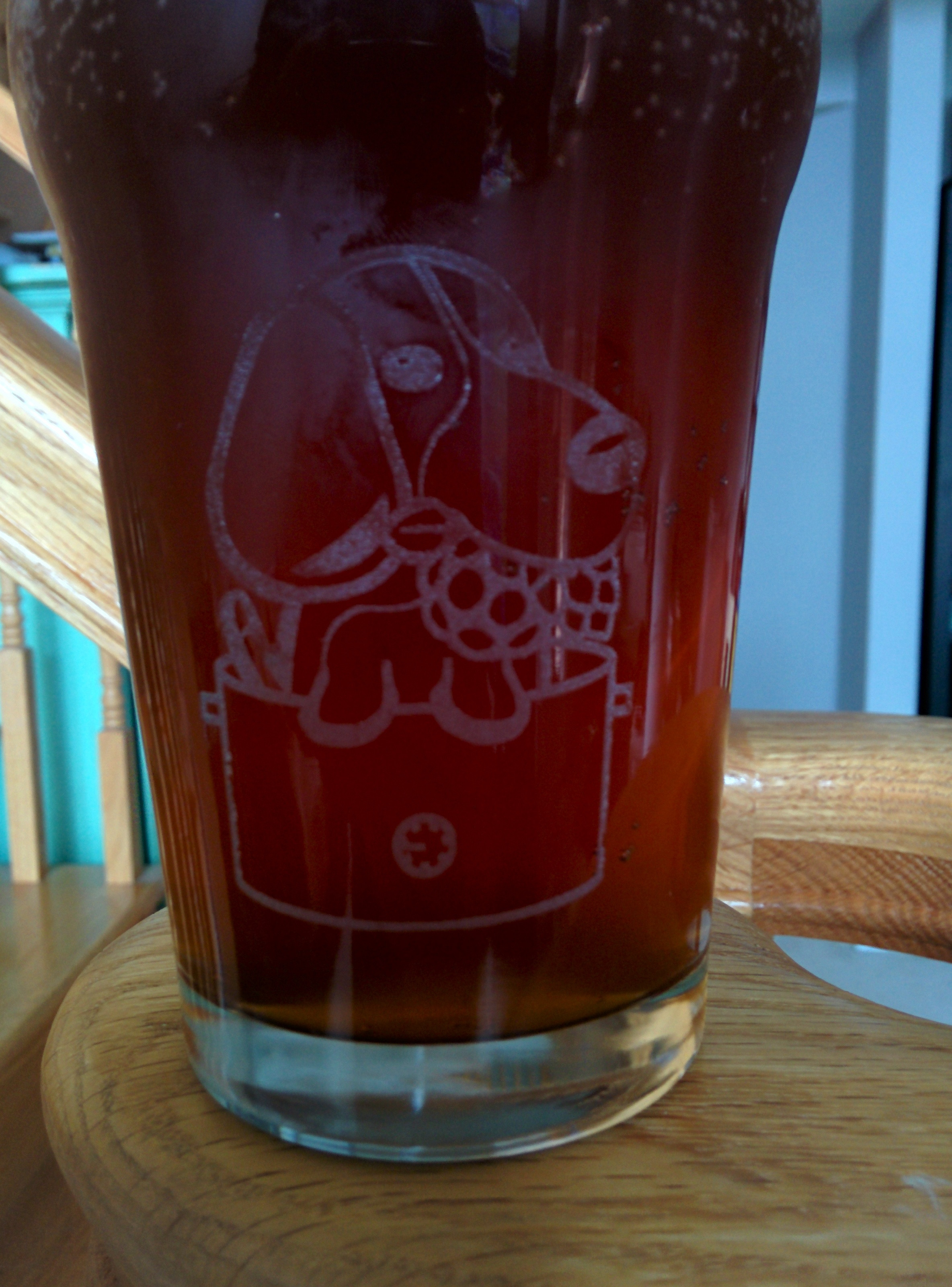user 101620
Well-Known Member
- Joined
- Dec 29, 2011
- Messages
- 770
- Reaction score
- 181
Yes, any standard SSR that accepts a 5V switching signal.I assume I can use the same 40a SSRs used in Kal type builds to run the elements?
What would I use to trigger the pumps on and off? Is there a relay or contactor that works best?
You can use SSRs, or relays, either work. There's no automatic trigger, just buttons on the WebUI.
How do I connect the wires to the GPIO connections on the Pi? Do you use an add on board for this? Is there a connector that I can solder to the wire?
This is up to you, you can crimp ends to control wires and plug them in, or you can but things like prototyping capes, or use jumper cables, etc...
Does any one have an example wiring diagram for a build?
The RaspberryPi documentation shows the way I had it wired up: http://dougedey.github.io/2014/03/22/RaspberryPi-Setup/
The three SSRs show the two ways you can wire a element, two SSRs (one per wire) or one SSR (one for on of the input lines, the other is always hot, a bit less safe).
















![Craft A Brew - Safale BE-256 Yeast - Fermentis - Belgian Ale Dry Yeast - For Belgian & Strong Ales - Ingredients for Home Brewing - Beer Making Supplies - [3 Pack]](https://m.media-amazon.com/images/I/51bcKEwQmWL._SL500_.jpg)













































